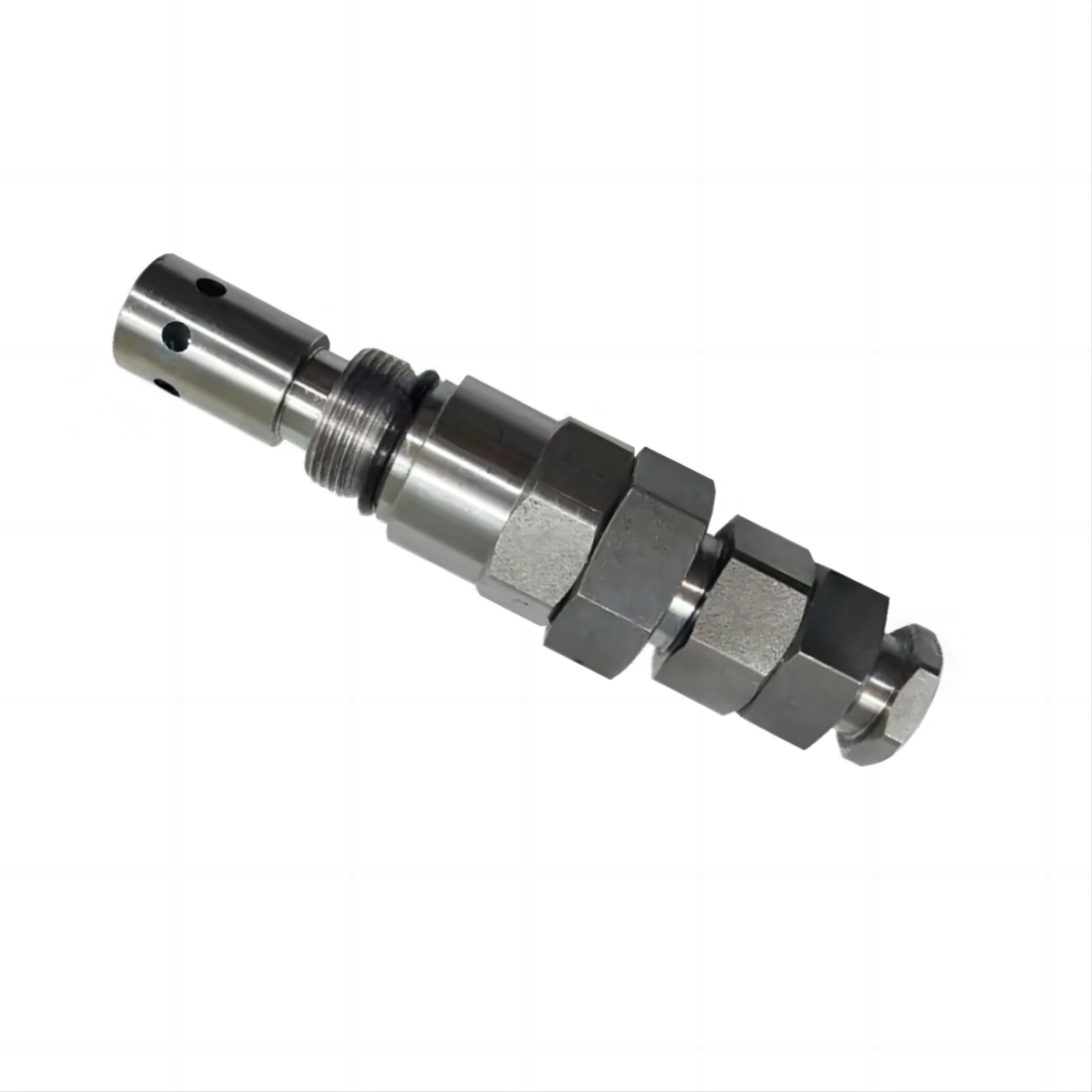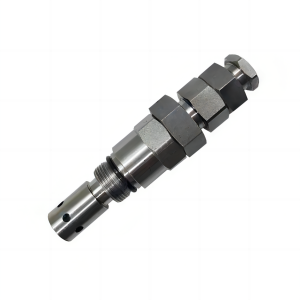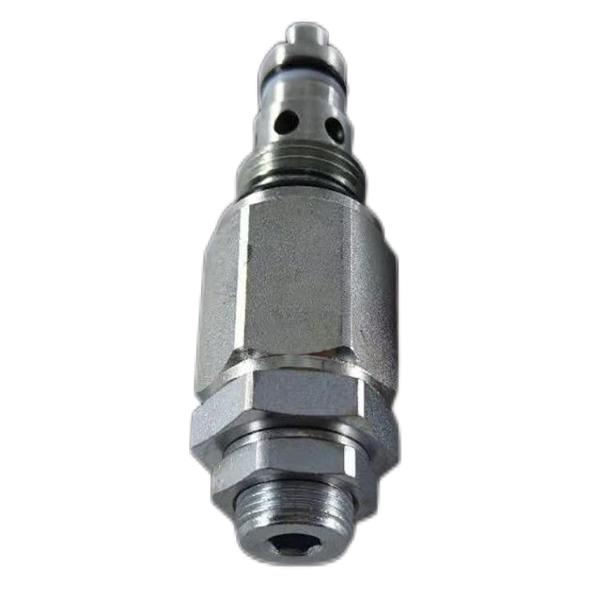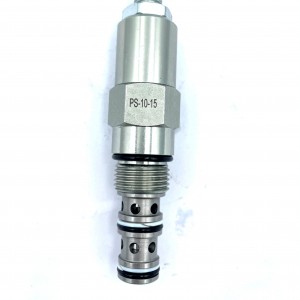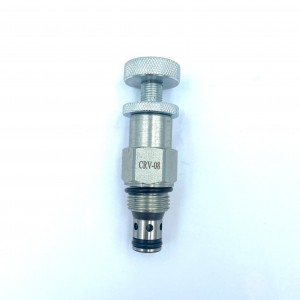EC210 EC240 excavator relief valve control valve main secondary gun 14513267
Details
Sealing material:Direct machining of valve body
Pressure environment:ordinary pressure
Temperature environment:one
Optional accessories:valve body
Type of drive:power-driven
Applicable medium:petroleum products
Points for attention
The role of the relief valve
1, constant pressure overflow effect: in the quantitative pump throttling regulation system, the quantitative pump provides a constant flow. When the system pressure is reduced, the flow demand will be reduced. At this moment, the relief valve is opened, so that the excess flow flows back to the tank, to ensure that the relief valve inlet pressure, that is, the pump outlet pressure is constant (the valve port is often opened with pressure fluctuations).
2, pressure regulating effect: the relief valve is connected in series on the return pipe, the relief valve forms back pressure, and the moving parts improve the flatness.
System bias action: the remote control port of the relief valve is connected to the solenoid valve with a small overflow flow. When the electromagnetic network is powered, the remote control port of the relief valve passes the fuel tank, and the hydraulic pump is reversed at the moment. The relief valve is now used as a reversing valve.
3, safety protection: When the system is working normally, the ball valve is turned off. Only when the load exceeds the specified limit (system pressure exceeds the setting pressure), the overflow is turned on for phase loss protection, so that the system pressure is no longer increased (generally, the setting pressure of the relief valve is 10% to 20% higher than the maximum working pressure of the system).
4, the practical application is usually: as a reversing valve, as a remote pressure regulator, as a high and low pressure multistage control valve, as a sequence valve, suitable for the formation of back pressure (string on the return pipe).
The relief valve usually has two structures: 1, direct acting relief valve. 2. Pilot operated relief valve.
The main requirements of the relief valve are: large pressure regulation range, small pressure regulation error, small pressure oscillation, sensitive action, large phase loss capacity, and small noise.
Working principle of the relief valve
Relief valve is a kind of oil pressure control valve, which mainly plays the role of constant pressure overflow, pressure regulation, system reversing and safety protection in oil pressure equipment.
Relief valve principle: In the quantitative pump throttling regulation system, the quantitative pump provides a constant flow rate, and when the system pressure is reduced, the flow demand will be reduced. At this moment, the relief valve opens the pressure regulating and reducing valve to make the excess flow overflow back to the tank and ensure the inlet pressure of the relief valve.
In a fixed pump throttling control system, the fixed pump provides a constant flow. When the system pressure is reduced, the flow demand will be reduced. At this moment, the relief valve is opened, so that the excess flow flows back to the tank pressure regulator and pressure reducing valve, to ensure that the relief valve inlet pressure, that is, the pump outlet pressure is constant (the valve port is often opened with pressure fluctuations).
Product specification

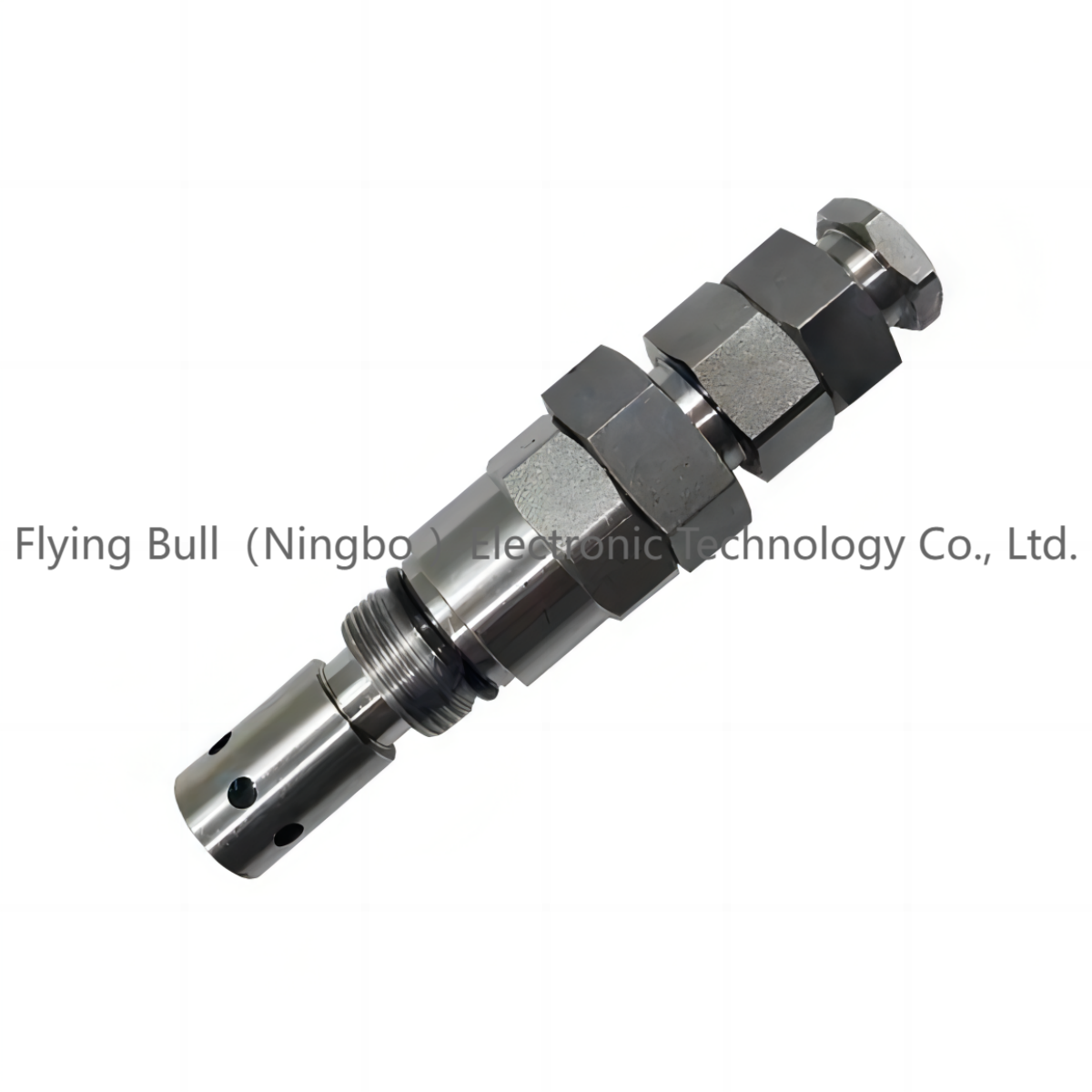

Company details
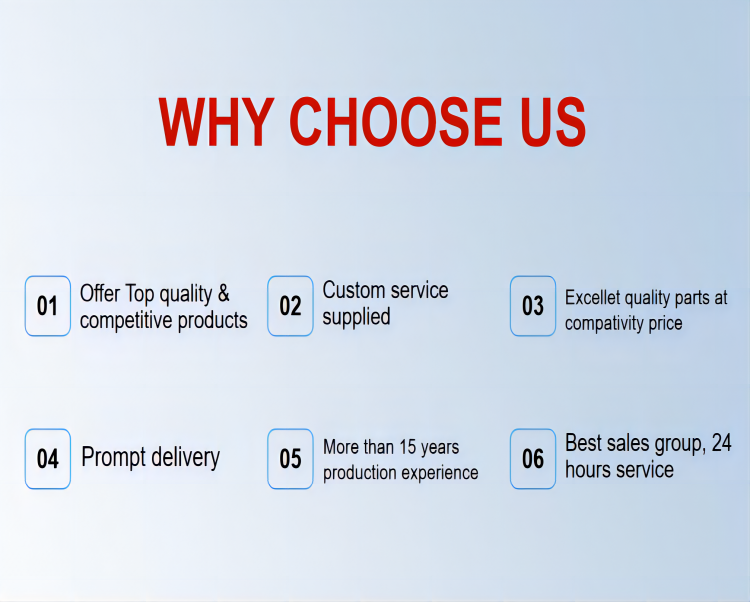
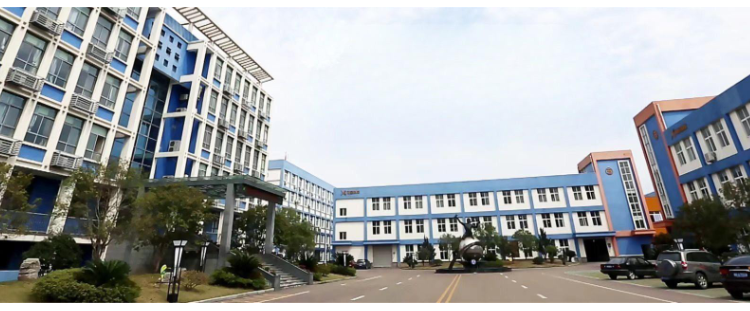






Company advantage
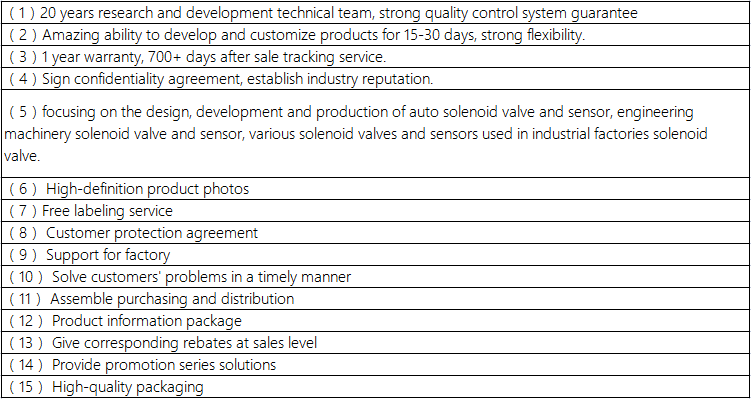
Transportation

FAQ


